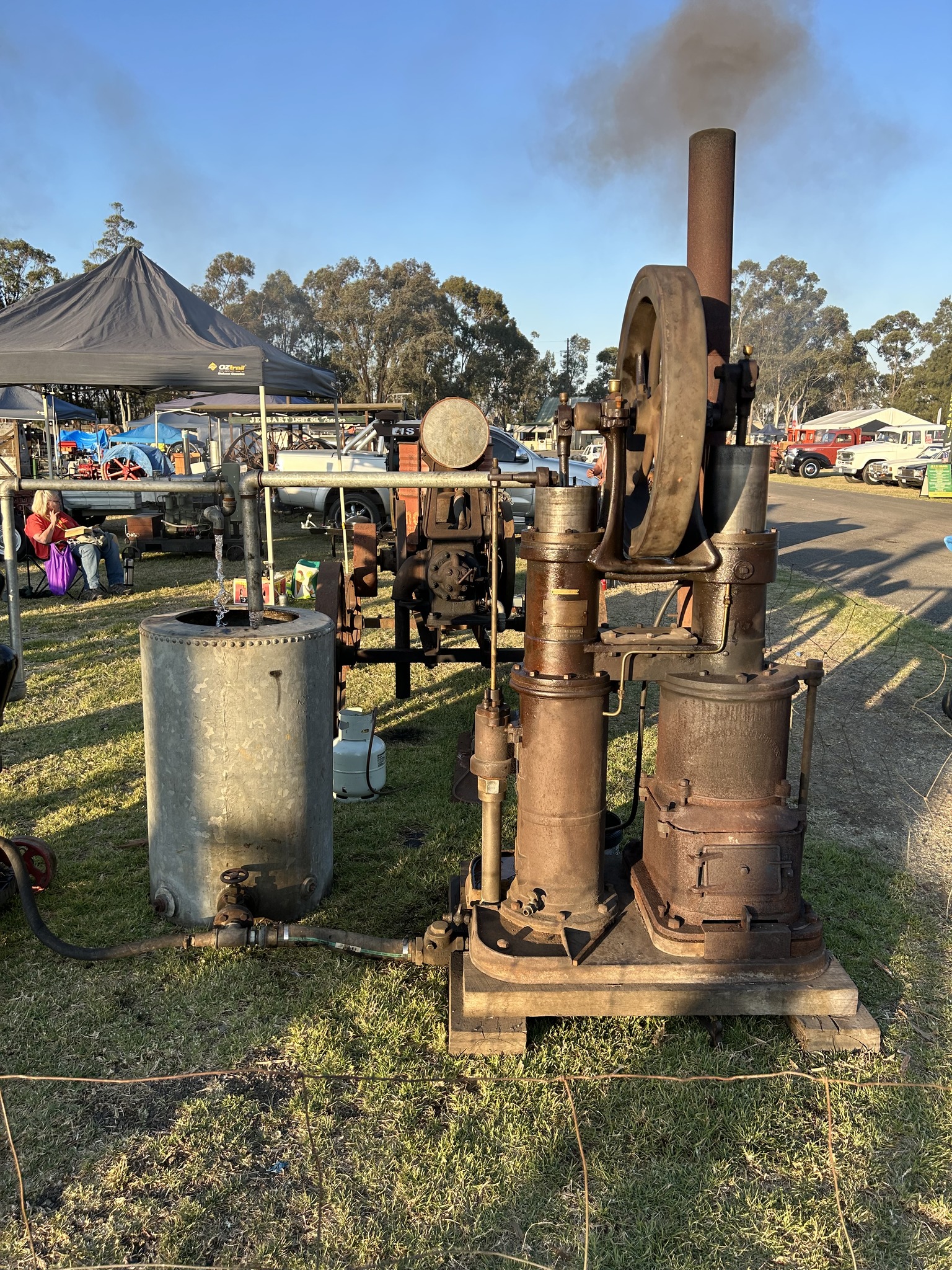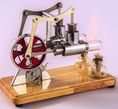
Stirling Engine Society
What is a Stirling Engine?
A Stirling engine is a type of heat engine that converts heat into mechanical work using a fixed amount of gas inside the engine.
Here's a simple breakdown:
- Heat Source: The engine is heated from an external source.
Working Gas: Inside the engine, a gas (like air or helium) expands when heated and contracts when cooled.
Pistons and Cylinders: The engine has pistons and cylinders that move as the gas expands and contracts.
Cycle: The engine works in a cycle:
Heating: The gas heats up, expands, and pushes a piston.
Cooling: The gas cools down, contracts, and pulls the piston back.
This cycle repeats, driving the pistons to produce mechanical work.
Key Points: External Combustion: Heat comes from outside the engine. Efficiency: Can be very efficient, especially with a good heat source and regenerator (a component that reuses heat). Versatility: Can run on any heat source, including solar, geothermal, and fossil fuels. Overall, a Stirling engine is a quiet, efficient engine that works by heating and cooling a gas in a continuous cycle.